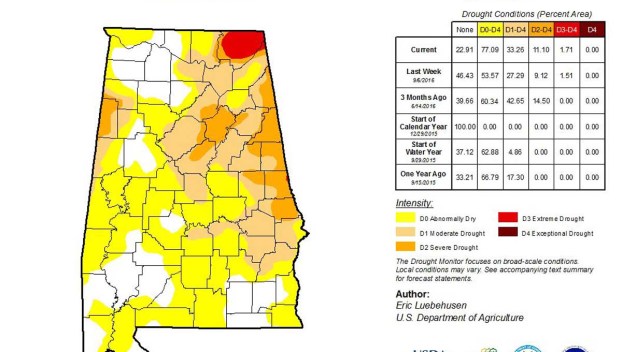
Columns
Springville Vista: Top tournament spots stolen by Springville residents
On Nov. 5 the Springville Anglers Fishing Team competed at Logan Martin Lake. Graham Davis placed first and ... Read more

On Nov. 5 the Springville Anglers Fishing Team competed at Logan Martin Lake. Graham Davis placed first and ... Read more

People spending time at Logan Martin Lake or Coosa River may notice lower lake levels during Alabama’s current ... Read more

Greater Pell City Chamber of Commerce announces the 2016 Logan Martin Blues and BBQ Bash at Lakeside Park this ... Read more

Despite an extremely wet winter season, the dry conditions that developed this spring have reduced the flows in ... Read more

Spend this Halloween on the banks of Logan Martin Lake! On Oct. 31, Logan Landing will host its ... Read more

After the passing of his aunt, Jason Biddy joined in the fight against breast cancer. Since then he’s ... Read more

Volunteers needed! August 8 is the last day to sign up as a volunteer for the 2015 Alabama Toughman ... Read more

Smell that? Yeah, that is flavor by definition. Sweet and smoky with a hint of cracked pepper and ... Read more